Art & Tech
We Asked DALL-E to Imagine What’s Just Beyond the Frame of 10 World-Famous Works of Art. Here’s What the A.I. Saw
DALL-E's new Outpainting tool lets users see beyond the bounds of any image, including the ones art historians know best.
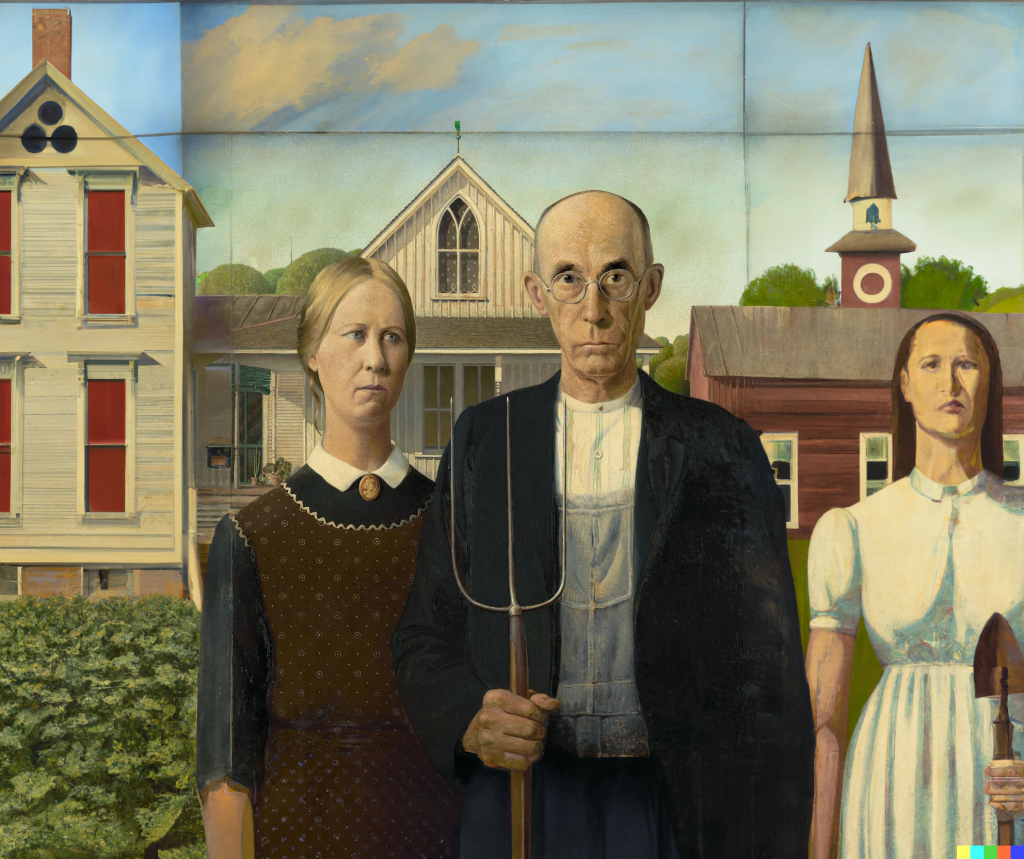
DALL-E's new Outpainting tool lets users see beyond the bounds of any image, including the ones art historians know best.

Vittoria Benzine

OpenAI, the team behind preeminent generative art tool, DALL-E, announced another new feature last week: outpainting.
Inpainting, by contrast, means to make alterations within a generated image. Outpainting allows an image to be expanded using artificial intelligence, based on text input paired with analyses of “shadows, reflections, and textures to maintain the context of the original image,” OpenAI’s blog post explains.
Outpainting might seem intuitive, but it’s an art form: a testament to generative art as a genre. Blank spaces beyond an original image’s bounds can be filled in. You can even do touch ups by erasing.
We took Outpainting for a spin to learn what’s just beyond the frame of history’s great artworks. We standardized by inputting the same textual formula for each artwork: the artist’s name, the artwork’s name, and the “background,” expanding each image at uniform increments depending on its landscape or portrait orientation. No alterations were made.
Now, let’s pull back the curtain…
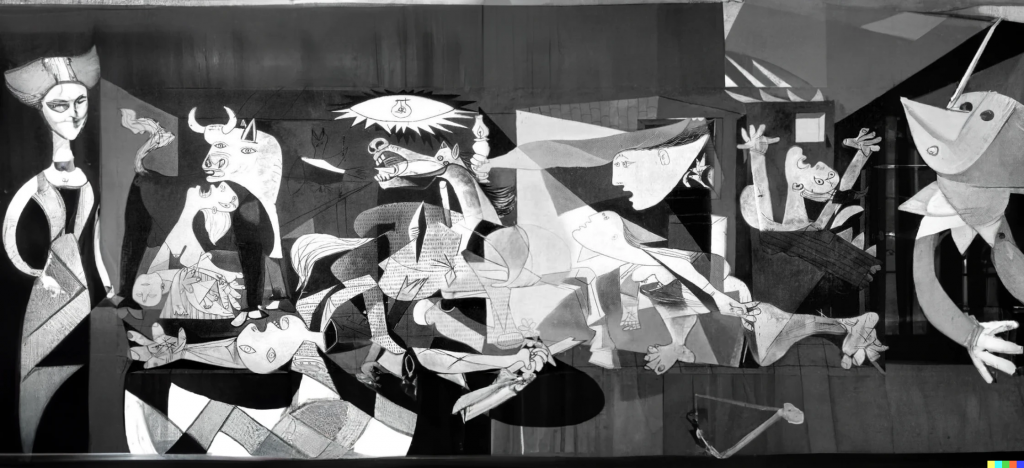
Pablo Picasso, Guernica (1937).
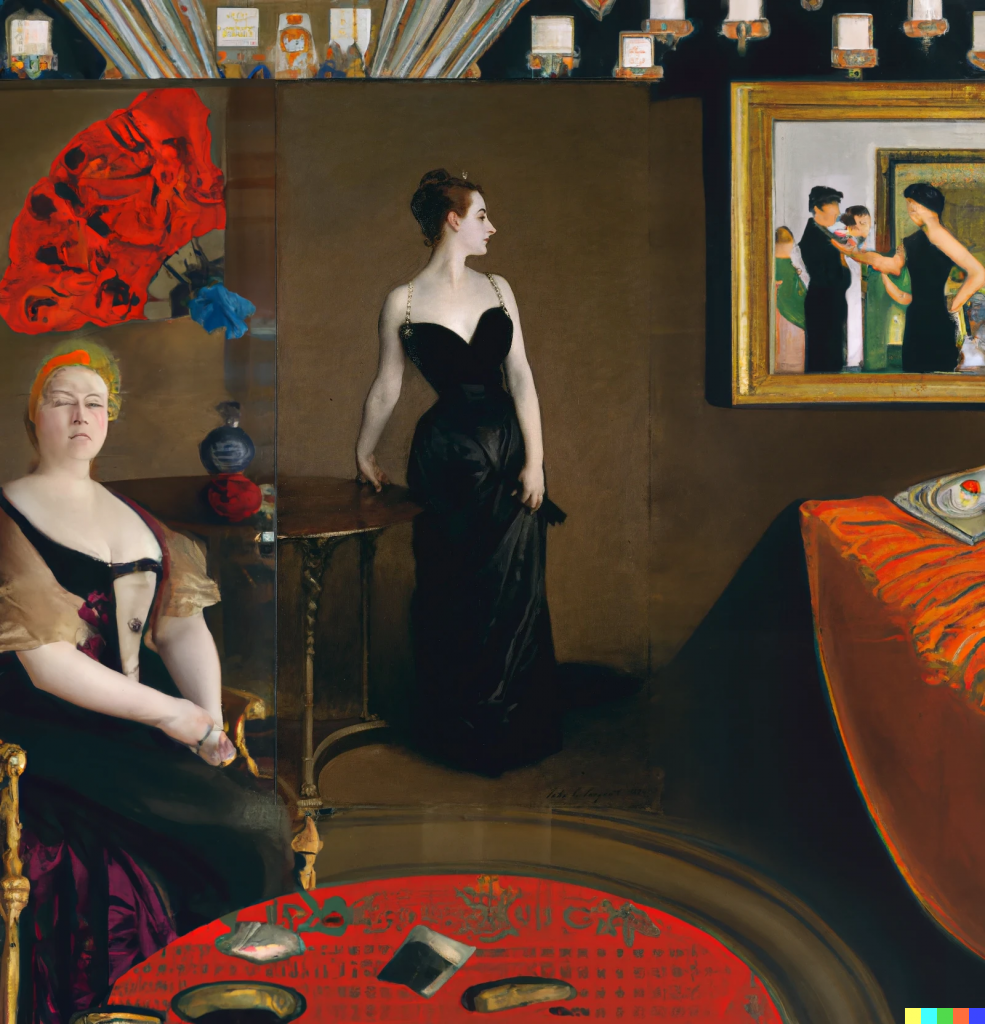
John Singer Sargent, Portrait of Madame X (1884).
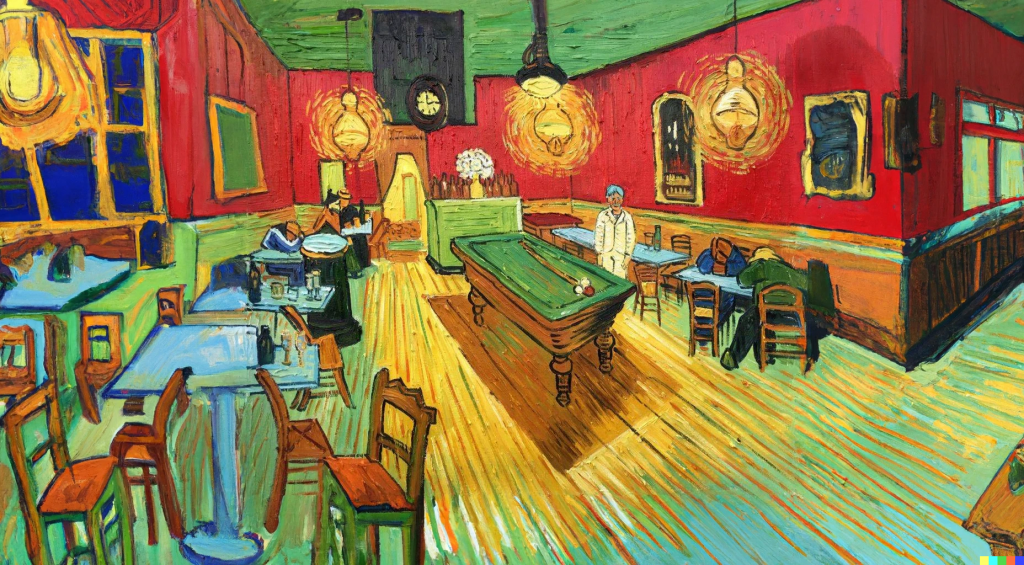
Vincent van Gogh, The Night Café (1888).
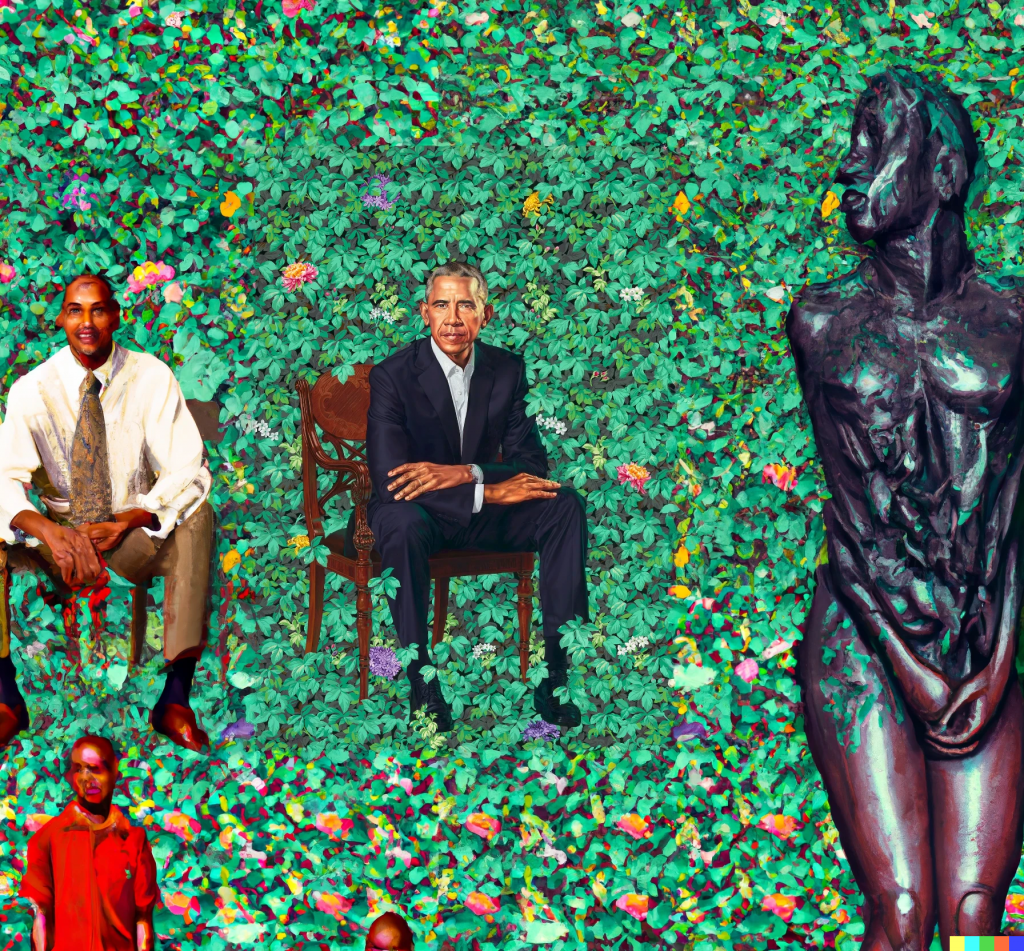
Kehinde Wiley, Barack Hussein Obama (2018).
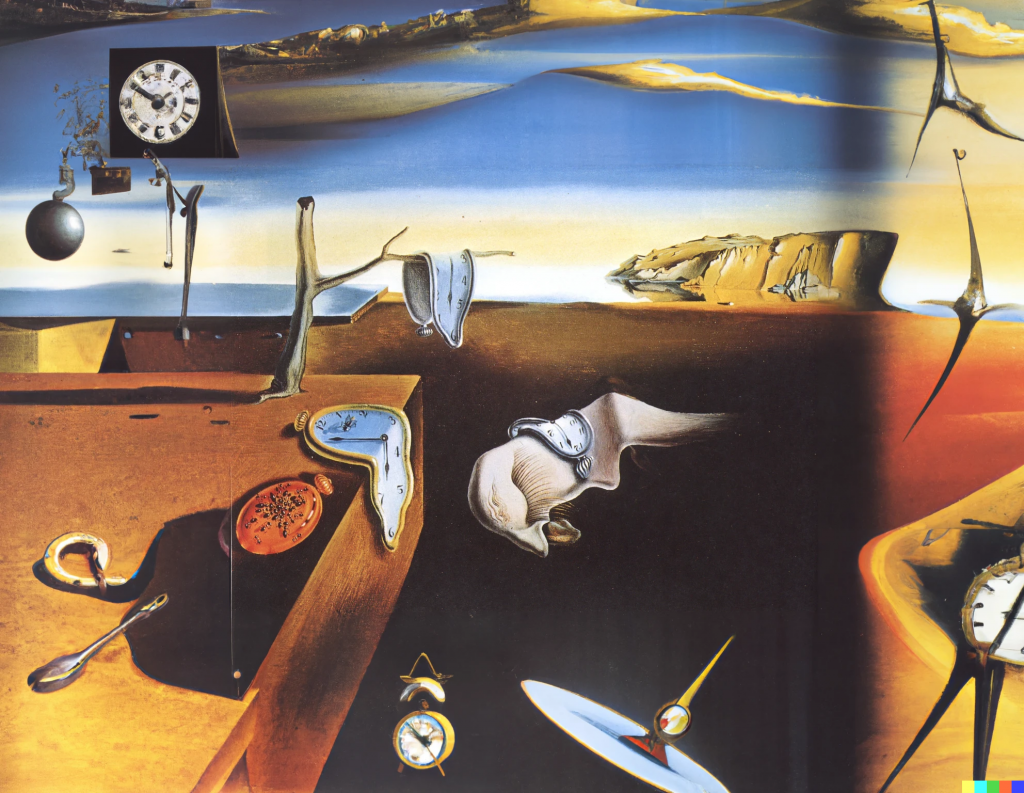
Salvador Dalí, The Persistence of Memory (1931).
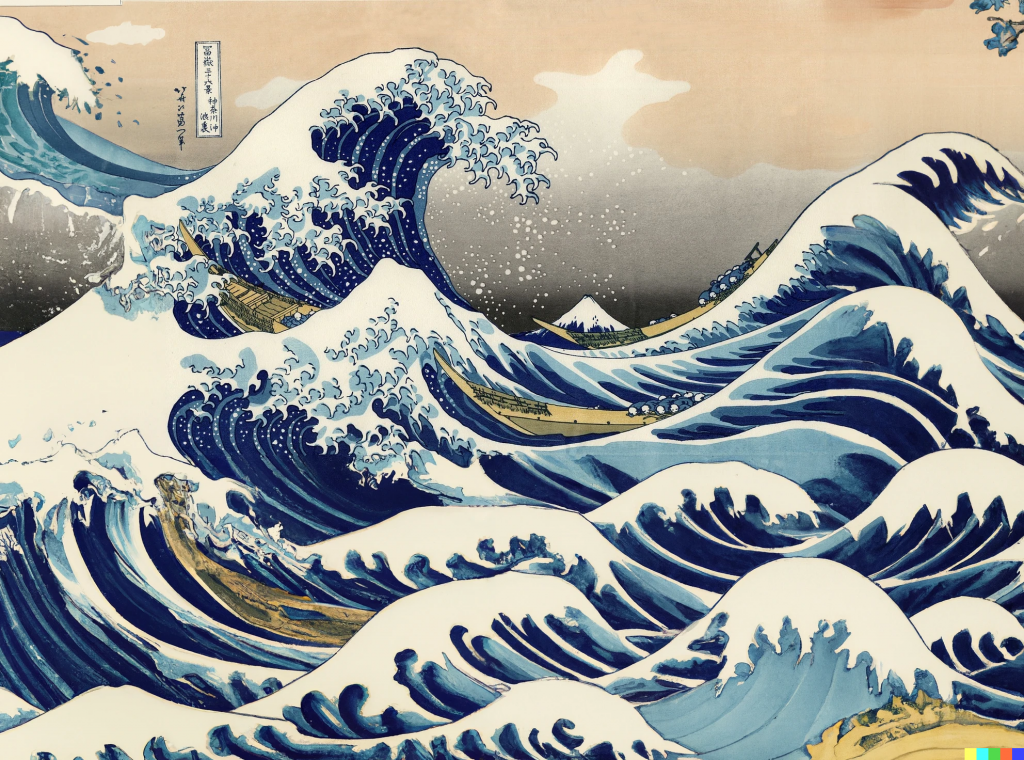
Katsushika Hokusai, The Wave (1831).
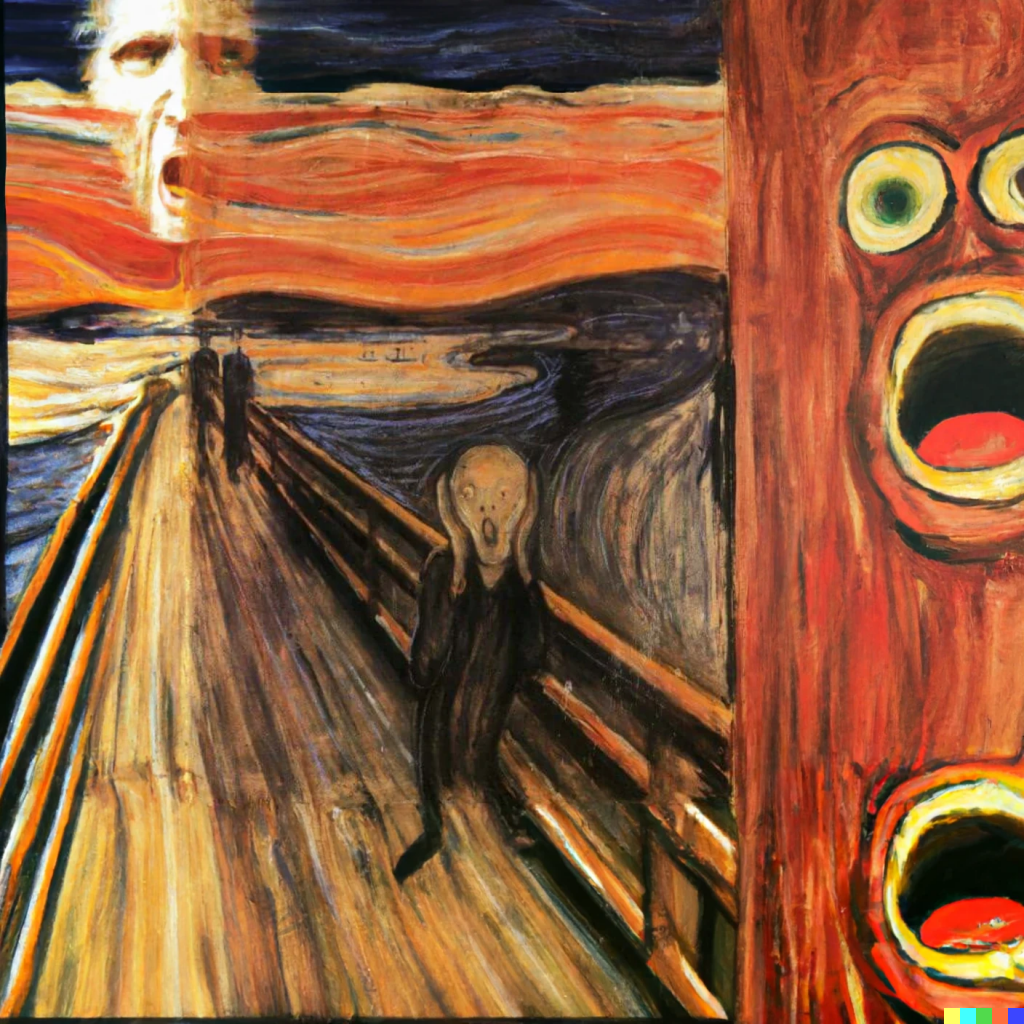
Edvard Munch, The Scream (1893).
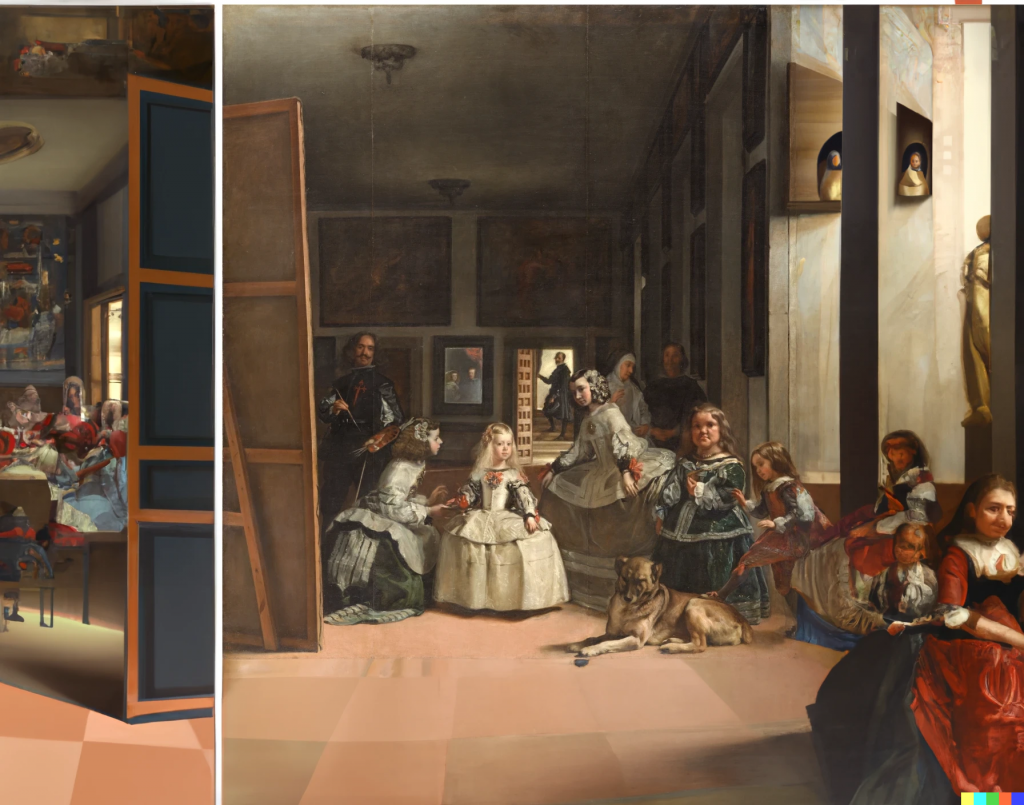
Diego Veláquez, Las Meninas (1656).
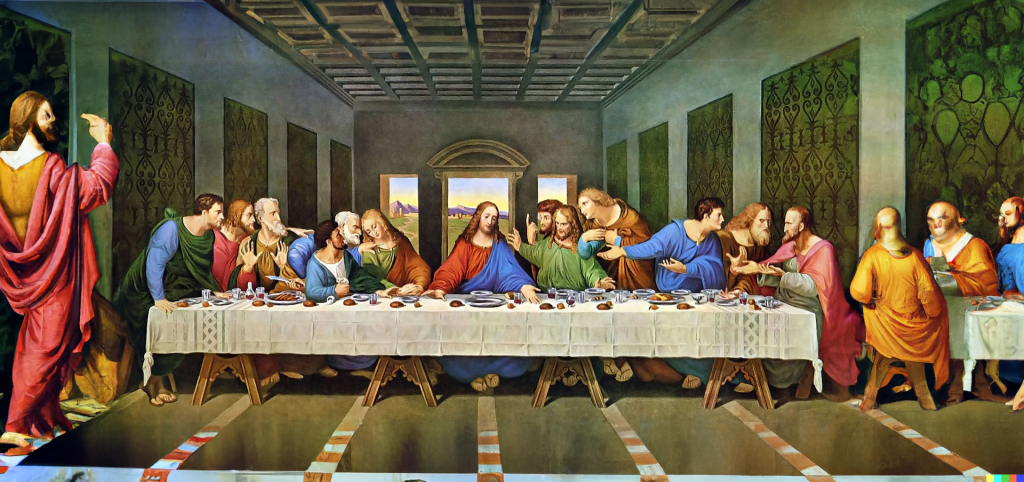
Leonardo da Vinci, The Last Supper (1498).